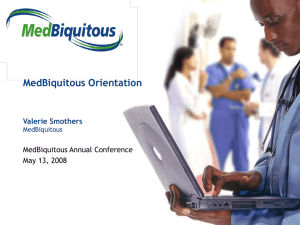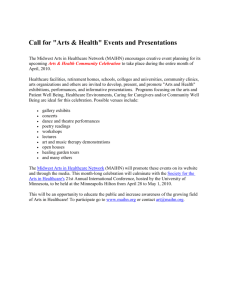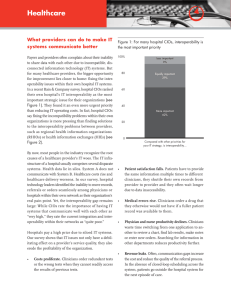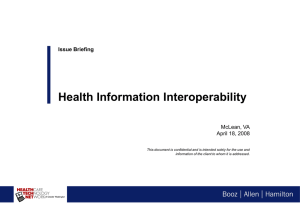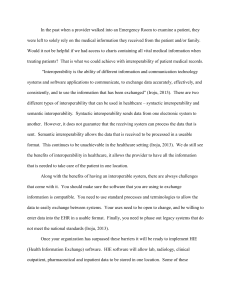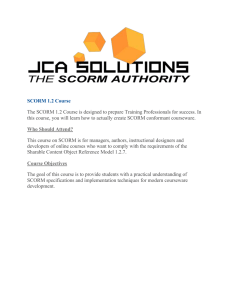Working Group Charter
advertisement
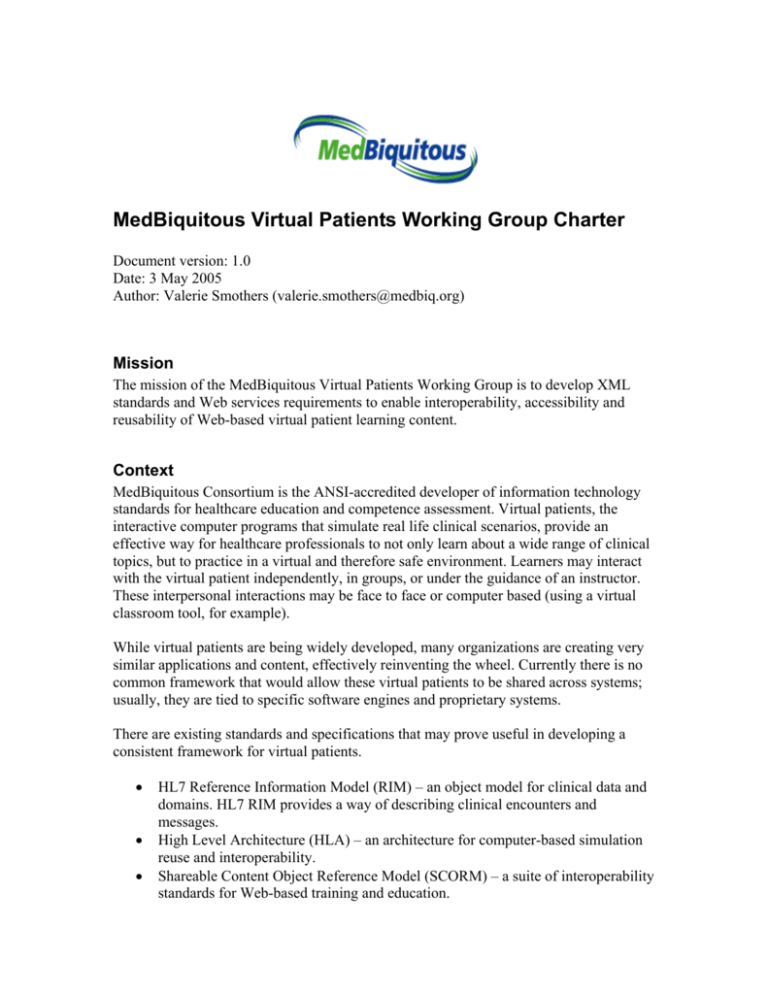
MedBiquitous Virtual Patients Working Group Charter Document version: 1.0 Date: 3 May 2005 Author: Valerie Smothers (valerie.smothers@medbiq.org) Mission The mission of the MedBiquitous Virtual Patients Working Group is to develop XML standards and Web services requirements to enable interoperability, accessibility and reusability of Web-based virtual patient learning content. Context MedBiquitous Consortium is the ANSI-accredited developer of information technology standards for healthcare education and competence assessment. Virtual patients, the interactive computer programs that simulate real life clinical scenarios, provide an effective way for healthcare professionals to not only learn about a wide range of clinical topics, but to practice in a virtual and therefore safe environment. Learners may interact with the virtual patient independently, in groups, or under the guidance of an instructor. These interpersonal interactions may be face to face or computer based (using a virtual classroom tool, for example). While virtual patients are being widely developed, many organizations are creating very similar applications and content, effectively reinventing the wheel. Currently there is no common framework that would allow these virtual patients to be shared across systems; usually, they are tied to specific software engines and proprietary systems. There are existing standards and specifications that may prove useful in developing a consistent framework for virtual patients. • • • HL7 Reference Information Model (RIM) – an object model for clinical data and domains. HL7 RIM provides a way of describing clinical encounters and messages. High Level Architecture (HLA) – an architecture for computer-based simulation reuse and interoperability. Shareable Content Object Reference Model (SCORM) – a suite of interoperability standards for Web-based training and education. In addition, emerging MedBiquitous standards and specifications may prove useful as well. • • • SCORM for Healthcare provides customizations to the SCORM suite of standards that address metadata requirements of healthcare educators. Healthcare LOM customizes the IEEE Learning Object Metadata requirements. Competencies provides a way of encoding a list of competencies for a particular domain. Scope Initially, the working group will focus on creating a consistent mechanism for encoding a dataset that serves as a clinical snapshot of a virtual patient at a particular point in time. The amount of work to make highly interactive, sophisticated virtual patient simulations interoperable and easily shared is formidable. In addition to this first step, the working group will endeavor to create a roadmap for future standards development, where each standard builds on the previous standards developed. This roadmap may include creating the following: • • A consistent mechanism for describing how a virtual patient data set will change based on learner actions. A framework that separates the presentation of the virtual patient data from the data itself Creating a roadmap for the interoperability of Virtual Patients is an iterative process, and these ideas will be further shaped over time. Any Virtual Patient standard or specification developed should be interoperable with Electronic Health Record systems and the standards that support those systems. Work Plan The Working Group will meet via teleconference on most occasions. Face-to-face working group meetings or barn raisings may be convened upon occasion. Working Group members or staff will perform much of the group’s work independently with member comments submitted to a discussion list.



